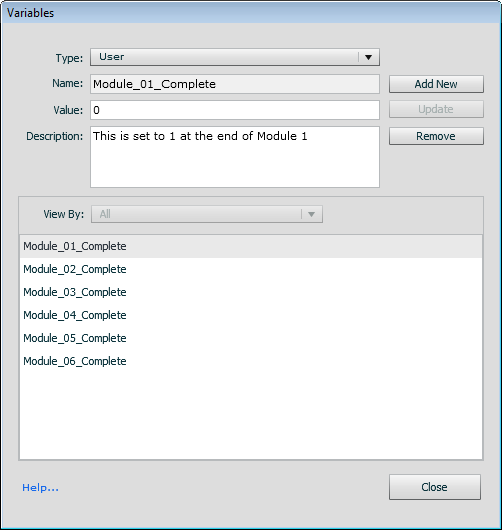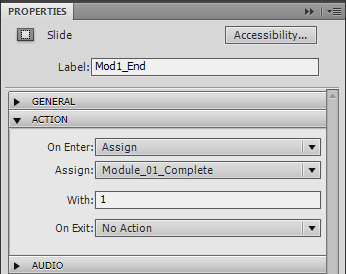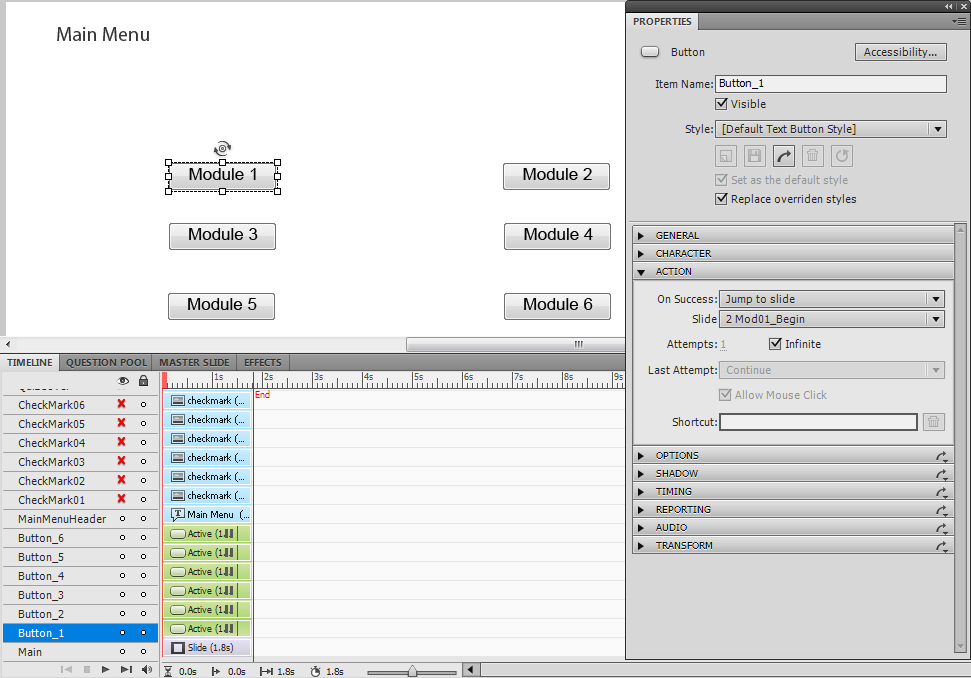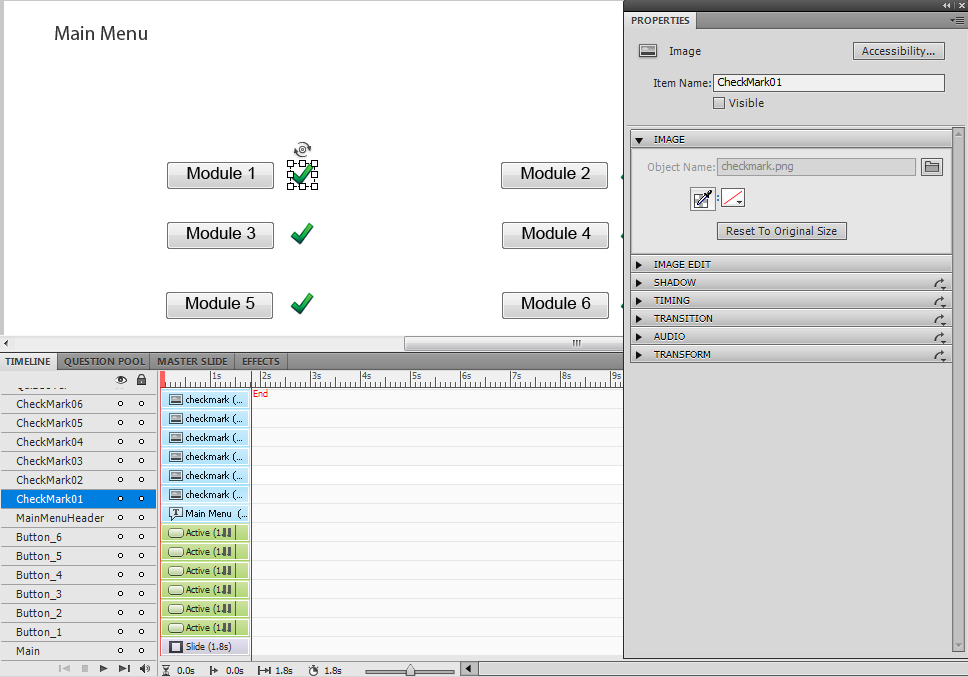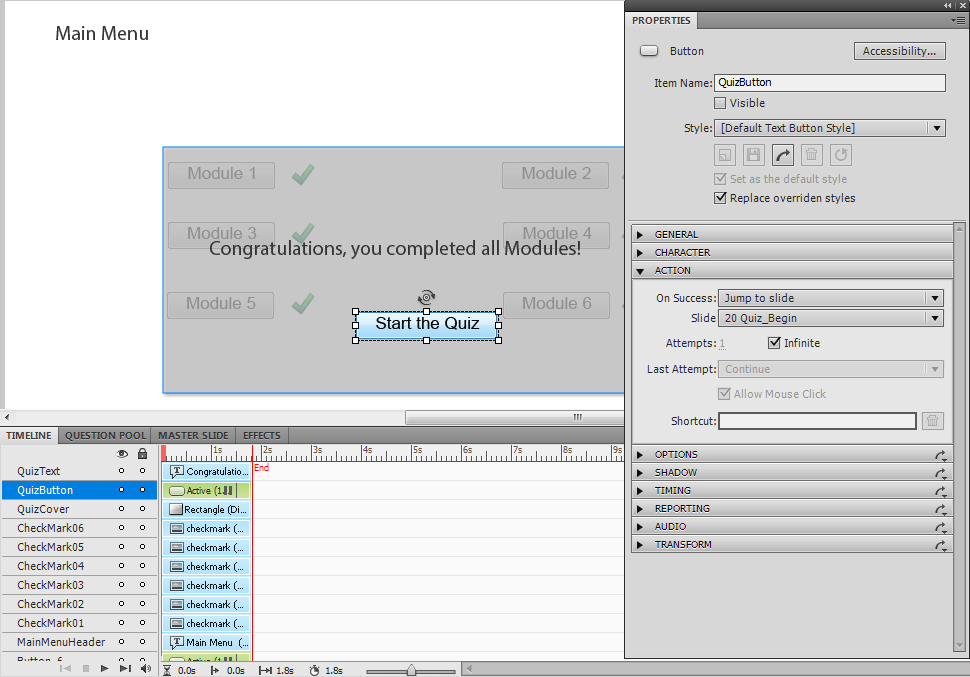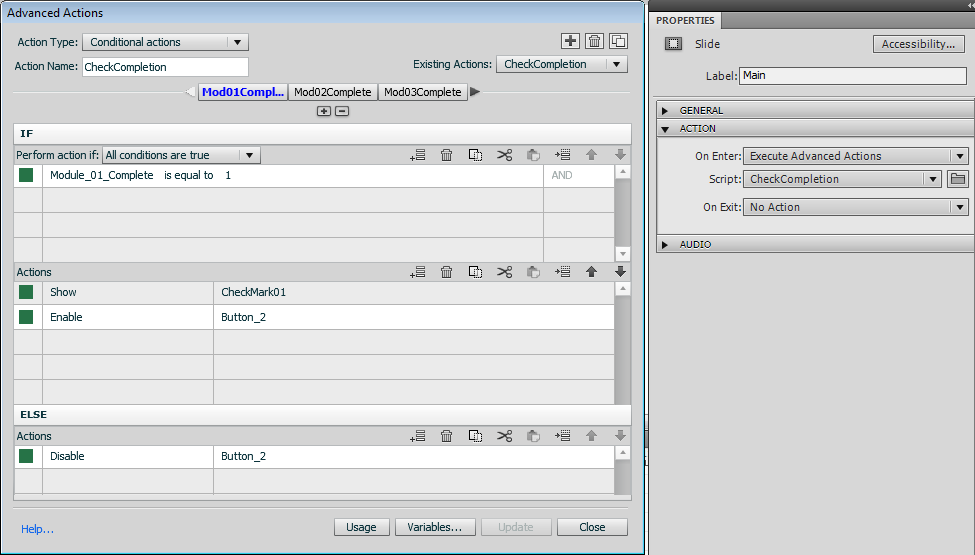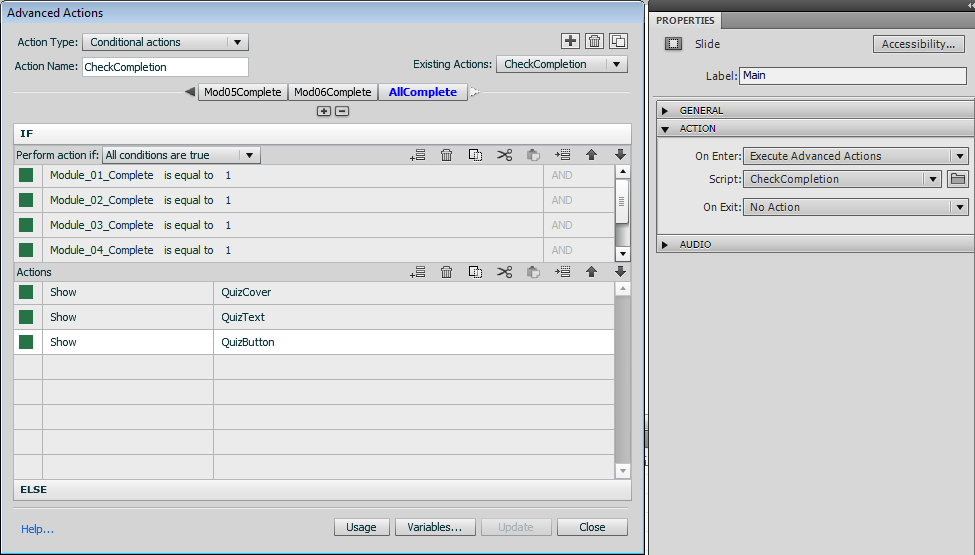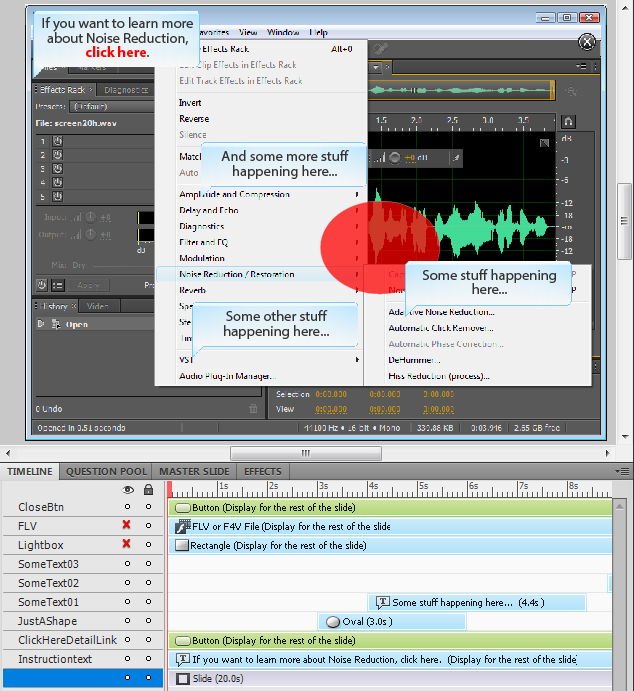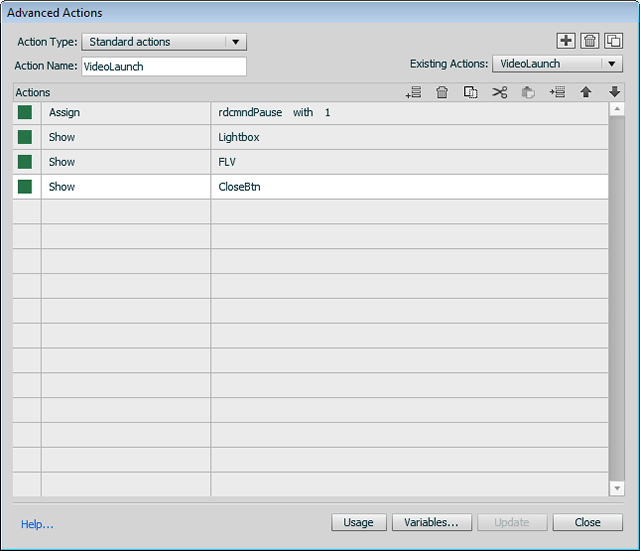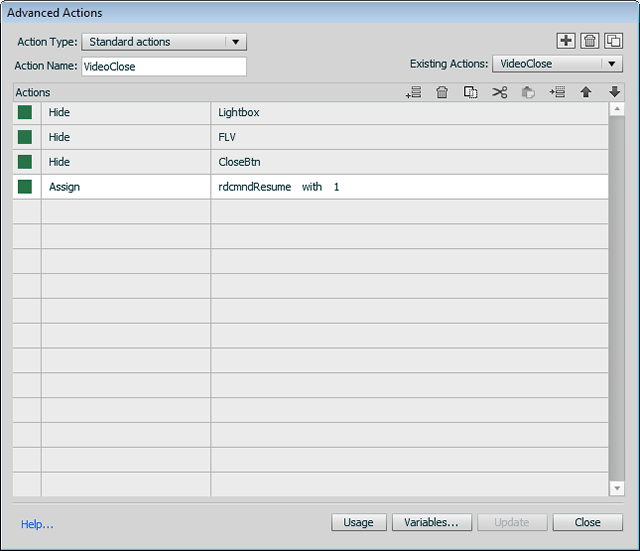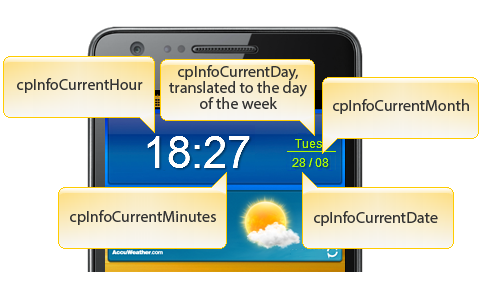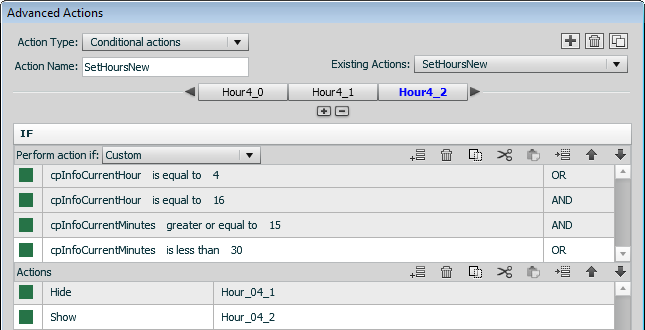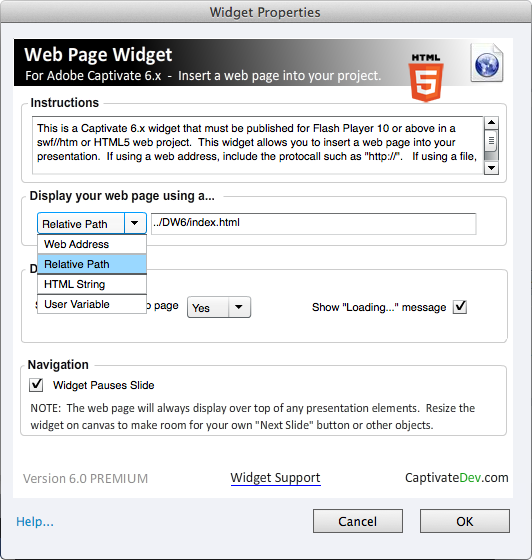Recently I was contracted to develop a tutorial for a national Canadian organization, using Captivate 6. The tutorial included a bunch of videos, custom-developed review questions and quite a few advanced actions to support branching and other interesting items, such as lightboxes and scrolling text boxes.
After I had completed one of the tutorial’s three sections, I was told by the client they had settled on Articulate Storyline as their authoring tool of choice going forward. Oh, and by the way, could I convert the section I had just completed to Storyline? Rather than pulling out the few (grey) hairs I have left, I decided to take this is as an opportunity, to really get to know Storyline and compare it to Captivate as I go along. The end result can be seen below:
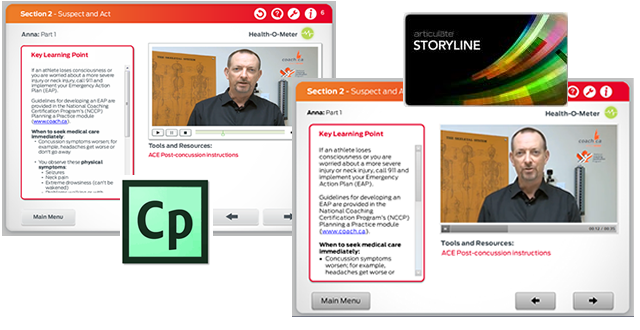
Except for a few minor differences (e.g. the video playback controls), both tutorial versions look and function identical.
To be clear, this is not another one of those annoying “which-is-the-better-authoring-tool” reviews. Yes, I have been using Captivate since it was still called RoboDemo. However, that does not mean that I’m not interested in exploring new tools, such as Storyline. For the record, I do like Storyline a lot. My observations are related to a specific project with unique requirements, and may or may not be relevant to other users.
The following is a summary of my observations, random thoughts, likes and dislikes as I recreated the tutorial in Storyline.
- Setting up custom buttons in SL takes some getting used to. I do like the fact that SL buttons have all the correct states including ‘disabled’ state, which is not available in CP6.
- In CP6, you can hide/show objects and groups. SL’s concept of layers provides much more flexibility, because a layer can hold any number of objects and has its own timeline. A layer is sort of like a Slidelet in CP6, but without the rollover area.
- SL doesn’t provide access to system variables like CP6. I had to include a slide number for review purposes. That’s a snap to set up in CP6 (just add the system variable ‘cpInfoCurrentSlide’ to a text caption and display it for the rest of the project).
- One of the project requirements asked for a question to be displayed right after a video is done playing. The ‘Media Completes’ event in SL makes that very easy.
- The project required scrollable text to be displayed. In CP6, I had to use the Web Page Widget or resort to other tricks. In SL, the scrolling panel element does all that for you.
- There are very limited object effects in SL, something I use a lot in CP6 to animate items on the screen.
- I love the SL trigger panel, incl. the ability to easily edit,duplicate, cut&paste.
- SL has built-in drag&drop interactivity; until CP 6.1 added this feature only recently I had to reply on a third-party widget to do the same.
- SL seems to be rendering text differently than CP. The same font and size text appeared to be larger in SL than it looked in CP.
- I miss a library in SL that lets me store/view/manage/re-use media items in one central place.
- As a long-time user of Adobe eLearningSuite I love the roundtrip editing between CP6 and Photoshop and Audition.
- SL lets me attach a condition to a trigger, for example ‘If myVariable is equal to 1 then jump to Slide X’. However, there is no ‘else’ statement available to complete this simple logic operation…weird!
- Unlike CP6, hiding an element in the SL timeline actually hides the element in the Preview and/or published version too.
- Love the option in SL to display a slide in a lightbox, no advanced actions acrobatics required like in CP6. It would be nice though if the lightbox parameters, e.g. size could be controlled.
- I often cut&paste slides or other assets from one project to another. Captivate allows to open multiple projects at the same time. In Storyline (unless you want to open multiple instances of the program), you have to use Import >> Storyline and then select the slides to import.
- In CP6, I can change a object style (e.g. caption type) once and then apply this to the entire project, there is no equivalent to this feature in SL.
- Storyline provides the ability to query the state of a button and include it as a condition trigger, for example Adjust variable Score_01 to -1 if Button_01 is ‘selected’. Not only that, I can also check if the state IS NOT ‘selected’. Once I discovered this concept, it opened up a whole new realm of possibilities; there is not equivalent in Captivate.
- When creating a custom variable in CP6 I can add a description, which I find useful for larger projects with many variables. There is no equivalent to this in Storyline.
- The SL Format Painter tool is cool!
- There is only one set of video playback controls in SL, whereas in CP6 there are several sets and variations.
- Storyline has an Autocorrect feature for text, which is great, because I am a horrible typist! However, sometimes Autocorrect results in funny consequences. In a French language version, autocorrect changes ‘responsable’ back to ‘responsible’, even if I do a Find&Replace. It took me awhile to realize that and turn on/off Autocorrect as needed.
- This is unrelated to the project described above, but I do prefer doing screen recordings in Captivate. Most of my projects involve recordings of software screens, device interfaces, etc. I often need to edit selected screens to remove real IP addresses, network path names, etc. That’s easy to do in Captivate, but not in Storyline.
- A few times I had to refer to the Storyline support site. What a great collection of short, useful ‘how-to’ screen casts and an awesome user community too!
- Although HTML5 support was not required for this project, I did check to see what limitations there are with HTML5 in compatible browsers and using the Mobile Player app for iPad. Most of the features I had in my project worked fine on iPad. Here is a nice, comprehensive list of feature support for Flash, HTML5 and Mobile Player app.
- As nice a tool as it is, SL comes with a rather hefty price tag. A full version of Adobe eLearning Suite is only slightly more expensive than the price for SL alone.
No one tool is the ‘silver bullet’ for all eLearning projects. Until now I have heavily relied on Captivate for eLearning project. However, with Storyline I now have a real alternative, especially for ‘anything mobile’. I can’t wait for Storyline Version 2!

